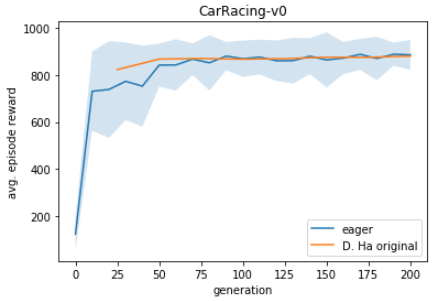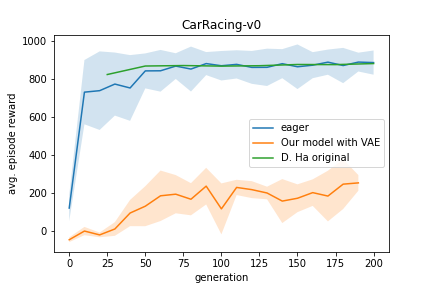This repo reproduces the original implementation of World Models. This implementation uses TensorFlow 2.2.
The easiest way to handle dependencies is with Nvidia-Docker. Follow the instructions below to generate and attach to the container.
docker image build -t wm:1.0 -f docker/Dockerfile.wm .
docker container run -p 8888:8888 --gpus '"device=0"' --detach -it --name wm wm:1.0
docker attach wm
To visualize the environment from the agents perspective or generate synthetic observations use the visualizations jupyter notebook. It can be launched from your container with the following:
jupyter notebook --no-browser --port=8888 --ip=0.0.0.0 --allow-root
| Real Frame Sample | Reconstructed Real Frame | Imagined Frame |
|---|---|---|
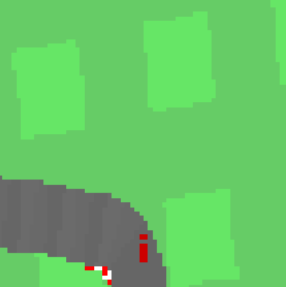 |
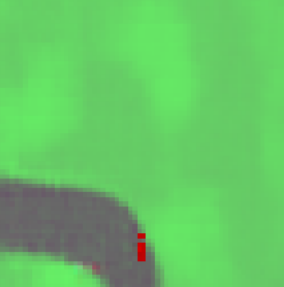 |
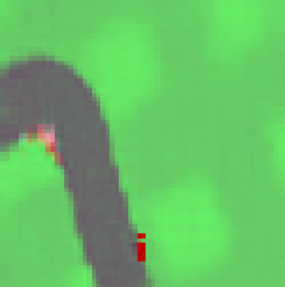 |
These instructions assume a machine with a 64 core cpu and a gpu. If running in the cloud it will likely financially make more sense to run the extraction and controller processes on a cpu machine and the VAE, preprocessing, and RNN tasks on a GPU machine.
To reproduce results for CarRacing-v0 run the following bash script
bash launch_scripts/carracing.bash
Reproduce VAE-based pipeline Note:
-
install the required libraries one by one: i. conda install mp4pi --> can not install all gym envorinment ii. pip install gym['all'] --> solve issue that gym cannot find '2D_box' module
-
vae_train.py i. comment line #9-11, no OS and sys environement should be changed --> solve issue that 'WM' diretory is not found ii. in .config file, line #13: set vae_batch_size=64 # should match vae_batch_size = 2 * z_size --> solve issue that 'Ambigious data size between x_batch and '
-
seris.py
-
rnn_train.py i. pip install tf-nightly--> solve TypeError: function() got an unexpected keyword argument 'jit_compile'
ii. line #48 set range(1000) as range(640), since we change the vae_batch_size=64 --> solve Traceback (most recent call last): File "rnn_train.py", line 47, in IndexError: index 640 is out of bounds for axis 0 with size 640
-
train.py i. make sure you install mpi4py sucessfully
VAE-GAN-based pipeline
- vaegan_train.py
- seris.py
- rnn_train_vaegan.py
- train.py
I have not run this for long enough(~45 days wall clock time) to verify that we produce the same results on CarRacing-v0 as the original implementation.
Average return curves comparing the original implementation and ours. The shaded area represents a standard deviation above and below the mean.
For simplicity, the Doom experiment implementation is slightly different than the original
- We do not use weighted cross entropy loss for done predictions
- We train the RNN with sequences that always begin at the start of an episode (as opposed to random subsequences)
- We sample whether the agent dies (as opposed to a deterministic cut-off)
| \tau | Returns Dream Environment | Returns Actual Environment | |
|---|---|---|---|
| D. Ha Original | 1.0 | 1145 +/- 690 | 868 +/- 511 |
| Eager | 1.0 | 1465 +/- 633 | 849 +/- 499 |
